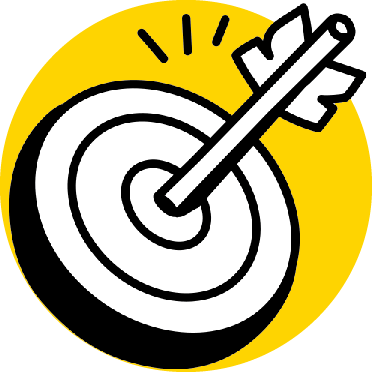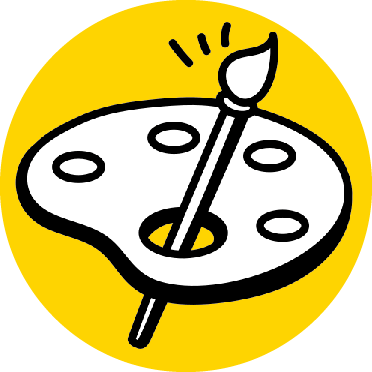How can I use this resource?
Are you ready to unleash your creativity and learn about a unique art form from India? Pulli Kolams are patterns that are drawn with a single, unbroken line around dots called pullis. They are based on a mathematical framework, an imaginary uniform grid. The dots symbolize the tasks of life, while the lines represent the journey through life. Pulli Kolams are drawn by women in southern India as part of a daily ritual to bring good luck and prosperity to homes or to welcome visitors. In this resource, you will learn how to make different Pulli Kolams on paper or on the ground step-by-step, following the clear instructions and pictures provided. Kolams are not just points and lines, but also mathematics without formulas. They have highly complex and systematic principles that govern their shapes and patterns. From the infinite number of possibilities, we have chosen the simplest Kolams and adapted them for children. As a substitute to the oral tradition from generation to generation, we have created Kolam worksheets that help children learn and practice Kolams in a fun way. Drawing Kolams promotes concentration and trains memory and hand-eye coordination.
What does this resource contain?
This resource contains 9 different Pulli Kolams, from easy to difficult. There are three worksheets per Kolam. The first worksheet has three series of exercises for motor practice of Kolam. The second worksheet is intended for large-scale tracing with different colors or tools. The third worksheet is for drawing the Kolam from memory around the Pullis in large-scale and hanging up your artwork.
About Pulli Kolams
In India, many women create patterns by sprinkling rice flour on the freshly cleaned floor outside their front door early in the morning. To do this, they let the rice flour trickle through their index and middle fingers while they measure out the amount with their thumbs. Such a pattern is called a Kolam in southern India and Rangoli in northern India. Kolams are thought to bring good luck and prosperity to homes or to welcome visitors. At the same time, they are meant to remind us that we humans are not alone on this planet, but that there are many other living things smaller and weaker than we are: Indeed, the rice flour used to draw Kolams serves as food for small animals such as ants, birds and rodents. The ritual of renewing Kolams in the morning is still part of daily life for many women while others only draw them on holidays. Young girls learn and adopt the ritual from the women. Originally, Kolams were intended to promote mental disciplines such as concentration and contemplation. Mastery of this art form is still considered a sign of grace, skill, mental discipline and concentration. There are some women who can draw Kolams that are 3 x 3 meters from memory.
Each Kolam is based on a mathematical ‘framework’, an imaginary uniform grid. Visible auxiliary points are placed at equal intervals within this imaginary grid. In Tamil, the language of the southern Indian state of Tamil Nadu, these points are called ‘Pullis’. Once the dots are set, you draw around them - without stopping - in a continuous, looped line called a ‘Neli’. These Kolams with a never-ending, single line loop are called Pulli Kolams. For women and girls in India, the dots symbolize the tasks of life, while the artful lines represent the journey through life.
The simplest Pulli Kolam consists of two Pullis and the single line looks like an 8 on its side. This single line loop can be drawn again and again ‘to infinity’ without ever lifting the pencil. The more Pullis a Kolam has, the more complicated it is and the more you have to concentrate while drawing.
A different kind of mathematics without formula
The tradition of Kolam is believed to be several thousand years old, because it is mentioned in ancient texts. Upon closer inspection, a Kolam is not just a collection of points and lines, but real mathematics with highly complex systematic principles. One could say: Kolams are mathematics without formulas. This is a different kind of mathematics- namely, ethnomathematics. This is when we understand mathematical ideas without using classic mathematics.
Discover a traditional art form from India that combines aesthetics, symbolism, and mathematics with this resource on pulli kolams.
Labbé GmbH
Walter-Gropius-Str. 16
50126 Bergheim
Germany
hello@labbeasy.com
Pulli Kolams
Discover a traditional art form from India that combines aesthetics, symbolism, and mathematics with this resource on pulli kolams.











